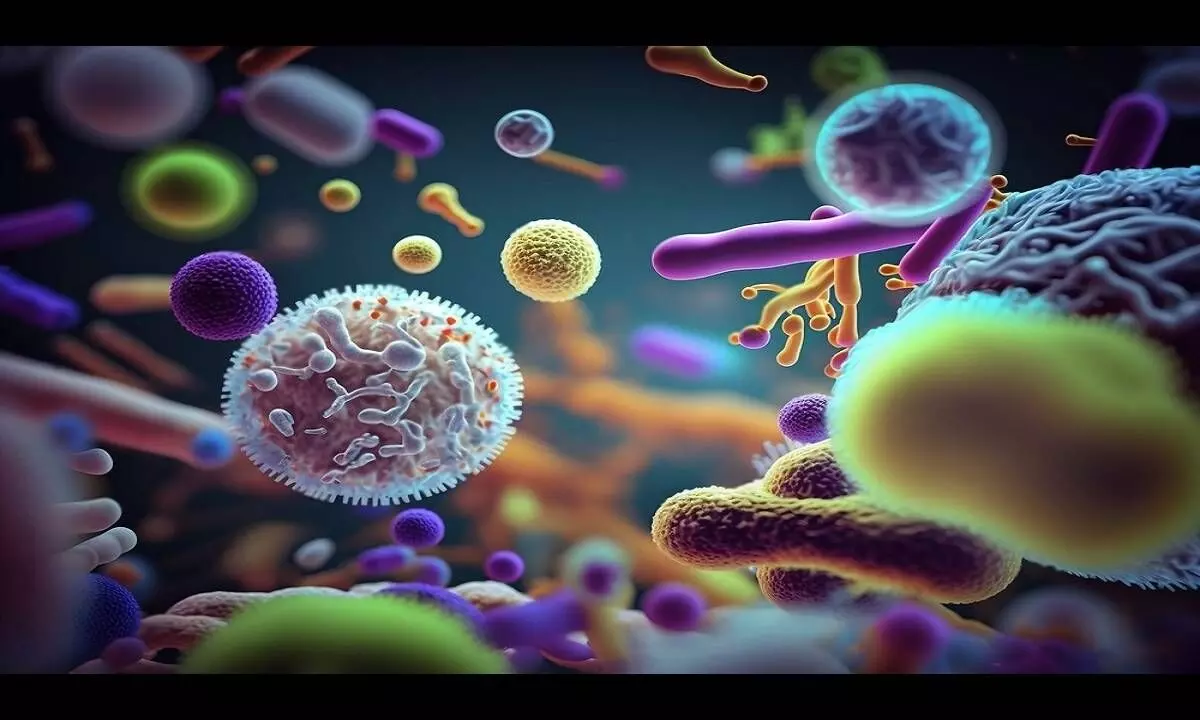AI-based new catheter to help prevent bacterial infections
US researchers have designed a new type of catheter tube, optimised by novel artificial intelligence (AI) technology, that impedes the upstream mobility of bacteria, without the need for antibiotics or other chemical antimicrobial methods
image for illustrative purpose

New York, Jan 8: US researchers have designed a new type of catheter tube, optimised by novel artificial intelligence (AI) technology, that impedes the upstream mobility of bacteria, without the need for antibiotics or other chemical antimicrobial methods.
With the new design, the number of bacteria that are able to swim upstream in laboratory experiments was reduced 100-fold.
Bacteria are remarkably good swimmers -- a trait that can be detrimental to human health.
One of the most common bacterial infections in a health care setting comes from bacteria entering the body through catheters, thin tubes inserted in the urinary tract.
Though catheters are designed to draw fluids out of a patient, bacteria are able to propel themselves upstream and into the body via catheter tubes using a unique swimming motion, causing $300 million of catheter-associated urinary infections in the US alone, annually.
In the study, researchers at the California Institute of Technology (Caltech) designed tubes with triangular protrusions, like shark fins, along the inside of the tube's walls.
The results, published in the journal Science Advances, showed that these geometric structures effectively redirected bacterial movement, propelling them toward the centre of the tube where the faster flow pushed them back downstream. The triangles' fin-like curvature also generated vortices that further disrupted bacterial progress.
Using 3D printed catheter tubes and high-speed cameras, the team monitored bacterial progress. The tubes with triangular inclusions resulted in a reduction of upstream bacterial movement by two orders of magnitude (a 100-fold decrease).
The team then continued simulations to determine the most effective triangular obstacle shape to impede bacteria's upstream swimming.
They then fabricated microfluidic channels analogous to common catheter tubes with the optimised triangular designs to observe the movement of E. coli bacteria under various flow conditions. The observed trajectories of the E. coli within these microfluidic environments aligned almost perfectly with the simulated predictions.
Further, with cutting-edge AI methods called neural operators, the team was able to accelerate the catheter design optimisation computations so they required not days but minutes.
The resulting model proposed tweaks to the geometric design, further optimising the triangle shapes to prevent even more bacteria from swimming upstream. The final design enhanced the efficacy of the initial triangular shapes by an additional 5 per cent in simulations.

